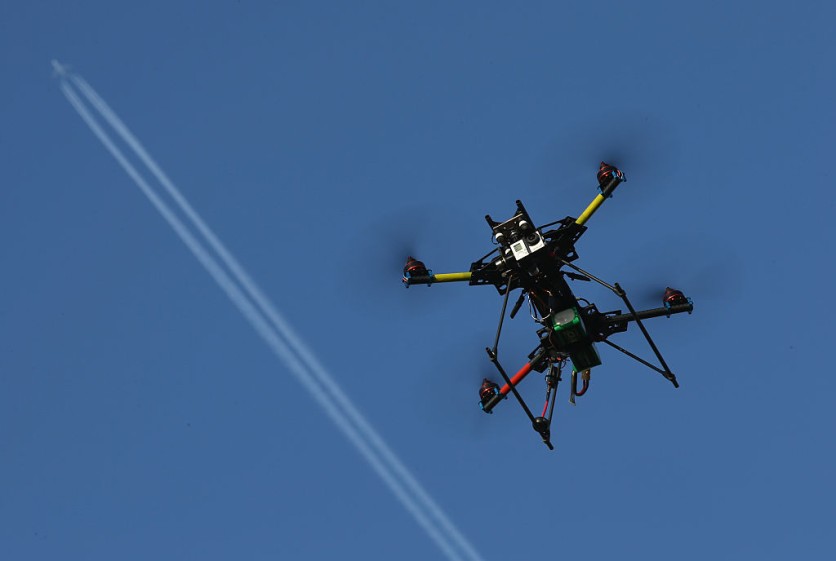A novel "lab-on-a-drone" technology has emerged as a potential game-changer for air pollution monitoring. This breakthrough is especially crucial in combatting health issues stemming from polluted air, the American Chemical Society reported.

'Floating Laboratory' Monitoring Air Pollution
Traditional monitoring devices, which are typically stationed close to the ground, can miss contaminants that disperse with the wind. However, this newly developed system, similar to a floating laboratory, has the capability to detect and analyze pollutants, including the pungent hydrogen sulfide gas, while hovering in mid-air.
Hydrogen sulfide (H2S) is a gas known for its foul odor, resembling rotten eggs, and is a significant air pollutant. While it occurs naturally in sources like well water and volcanic emissions, researchers noted that it's also a common byproduct of industrial processes in petroleum refineries and wastewater treatment plants.
It is also worth noting that the gas, when present in high concentrations, poses health risks due to its irritant properties. Current methods for quantifying H2S and other pollutants primarily rely on ground-based instruments.
Alternatively, expensive technologies like satellites are deployed to gather data from higher altitudes. Although unmanned drones have been employed to collect mid-air samples, the subsequent analyses necessitated traditional ground-based instruments.
To address this gap, João Flávio da Silveira Petruci and his team from Brazil's Federal University of Uberlandia and Universidade Federal de Goiás set out to develop a cost-effective "lab-on-a-drone" capable of sampling and analyzing H2S gas in real-time while airborne. This breakthrough is a pioneering feat in this field.
Read Also : NASA's TEMPO Mission Unveils First Data Maps, Revolutionizing Air Pollution Monitoring from Space
Unique Chemical Reaction
Utilizing 3D printing, the researchers crafted a bespoke device affixed to the underside of a readily available quadcopter drone. The innovation hinged on a unique chemical reaction between H2S and a fluorescein mercuric acetate molecule that emitted a green glow.
When stimulated by an onboard blue LED light, this interaction resulted in a discernible reduction in the green fluorescence intensity, subsequently detected and quantified. Significantly, this reaction demonstrated high specificity and remained unaffected by other potentially interfering gaseous pollutants.
The team conducted field tests at a wastewater treatment plant to validate their creation. Samples were collected at ground level, followed by measurements at approximately 30 and 65 feet above ground, undertaken at three different time points during the day.
The detection system wirelessly transmitted its findings to a smartphone, enabling real-time monitoring. An observable rise in H2S concentration was noted in the evening as the drone ascended, although it consistently remained within acceptable ambient levels.
The researchers suggest that this adaptable system holds promise for detecting a range of other pollutants someday. The findings of the research team were recently published in the ACS Publications.
Related Article : Air Pollution Apps Provide Info About Heat Rise, Wildfire, and Places that Have High Percentage of Dirt

ⓒ 2026 TECHTIMES.com All rights reserved. Do not reproduce without permission.




